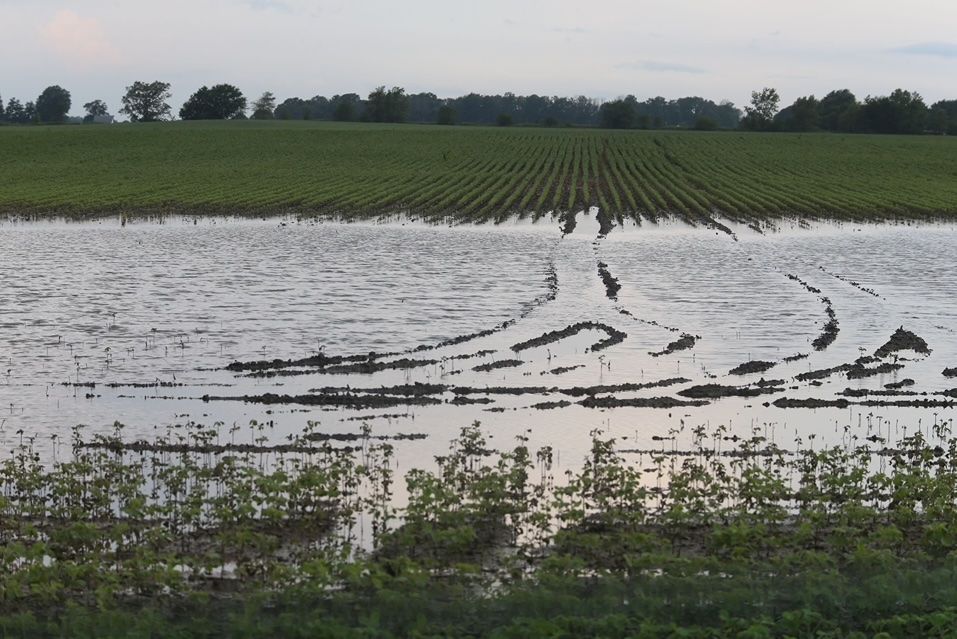Fighting back: Herbicide-Resistant Weeds

Herbicide-resistant weeds are not a new phenomenon. Weeds and other pests have always adapted to the ever-changing environment, and farmers continue to find ways to fight them. Although glyphosate-resistance is often thought of as a challenge for southern states, glyphosate-resistant weeds have made their way into other parts of the country, as well.
Jeffrey Gunsolus, Ph.D., University of Minnesota professor and extension weed specialist, has five recommendations for farmers when fighting weeds:
- Diversification: Ultimately, diversification is the key, he said. Instead of focusing on one method of pest control, it is important for farmers to use a variety of agronomic principles to best protect their crops.
- Pre-emergence herbicide: Starting with a pre-emergence herbicide introduces new chemistry to the soil and hinders weed growth from the beginning. This gives the crop a better chance to establish itself without fighting weeds for nutrients. Once established, the crop’s canopy prevents the weeds from receiving sunlight.
- Post-emergence herbicide: Delayed weed growth due to the pre-emergence herbicide makes a post-emergence herbicide more effective. The slower growth gives a farmer a larger window to spray the weeds when they are smaller and more susceptible to herbicides.
- Rotate, rotate, rotate: Crop rotation is undoubtedly important but so is herbicide rotation. Some herbicides can be used for weed control for a variety of crops. Even if a farmer practices crop rotation, using the same herbicide repeatedly on the same field encourages resistance to that herbicide.
- Patience: When trying different weed-management options, “farmers may not see immediate gains when using a variety of techniques,” he said. “But they will see improved conditions in the longer term.”



